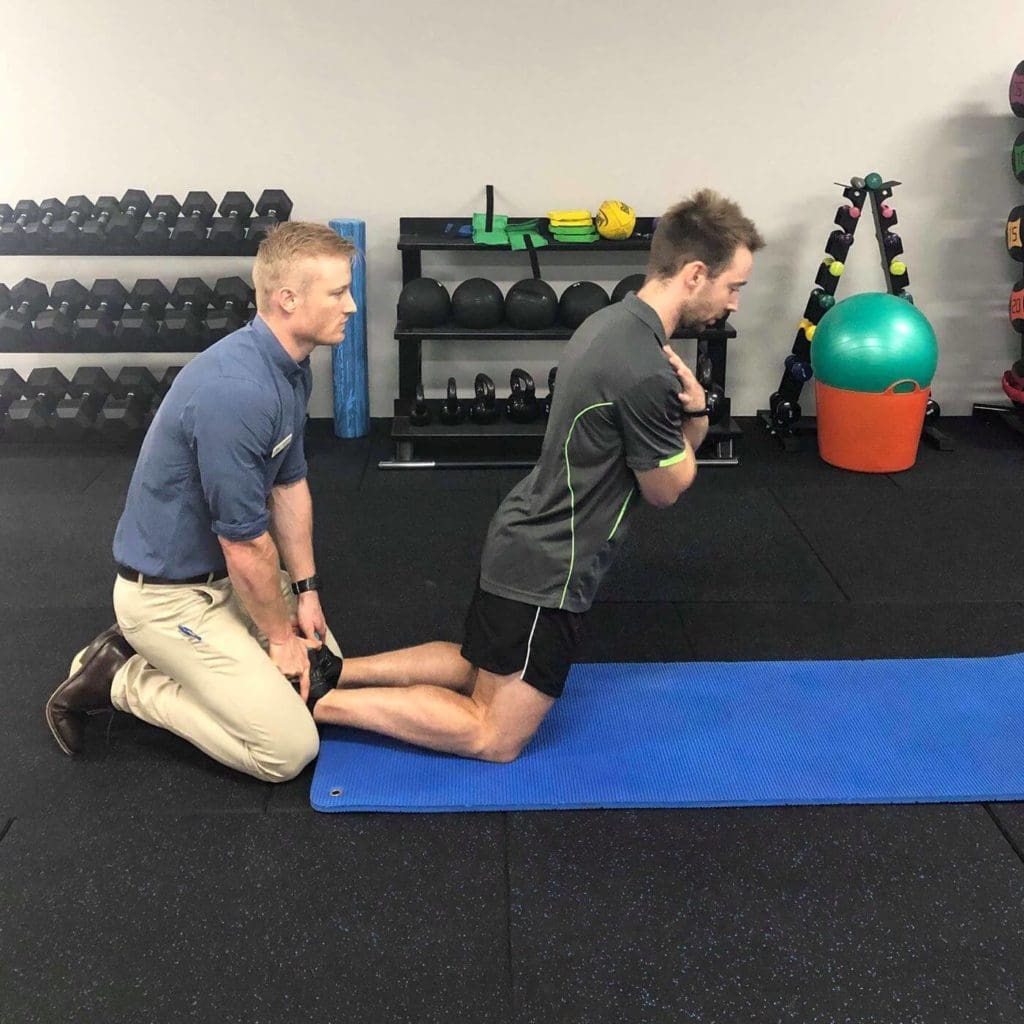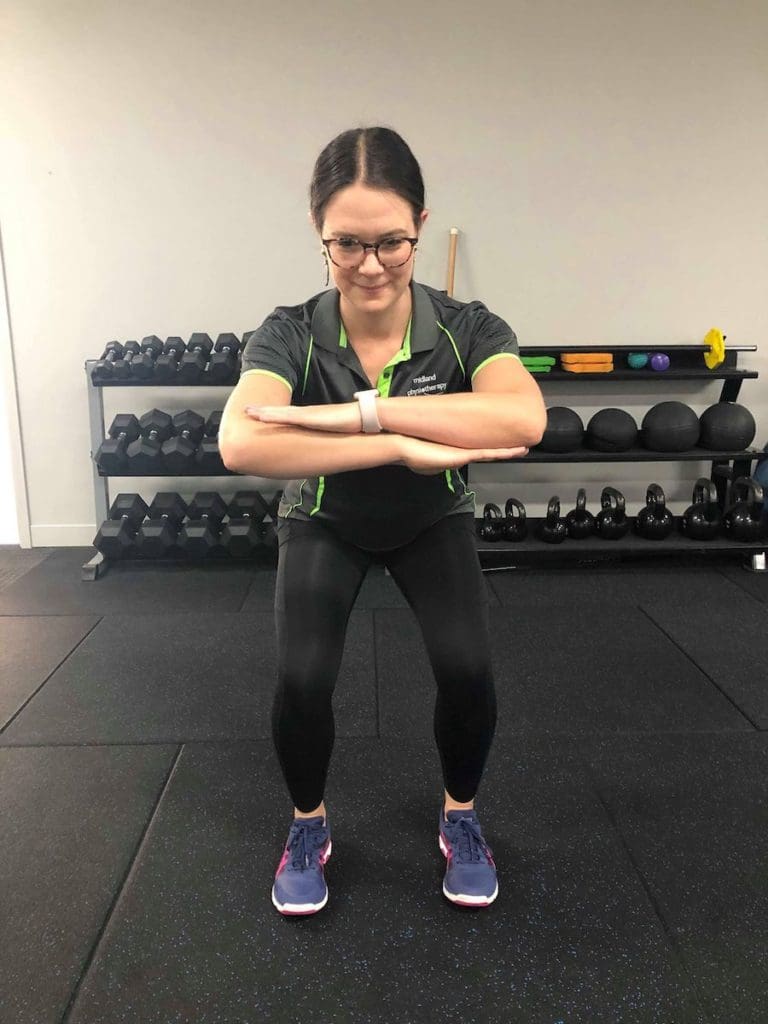
For those that have been running for a long time, we have all been told at some point that to perform better we need to run on our toes.
According to recent research, this is not entirely true.
In fact, less than 2% of sub-elite runners run with a forefoot strike. Nearly 90% of runners run with a rearfoot strike pattern which can vary toward the midfoot during running and can vary between left and right feet.
Research goes on to indicate that forcing a change in foot strike can increase injury risk in the lower limb. Striking through the rearfoot means the muscles at the front of the lower leg (tibialis anterior) absorb the force generated when contacting the ground. During forefoot strike, greater load is absorbed through the ankle into the Achilles and calf, which over the period of a run (or consecutive runs) trying to force the new pattern, can cause injury.


There appears to be no added benefit from directly changing from a rearfoot strike pattern to forefoot. Instead, we should focus on changing other characteristics of the running pattern.
For example, increasing the step rate (cadence) and decreasing the stride length can improve the efficiency of running by equalising load at the ankle, knee and hip creating better “spring” action for running.

If you’re wondering why you are experiencing pain with running or how you can improve your running performance, let’s do a video analysis (either on the treadmill or overground) and have a look at your running pattern.




